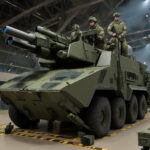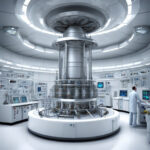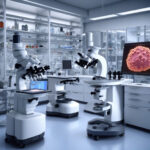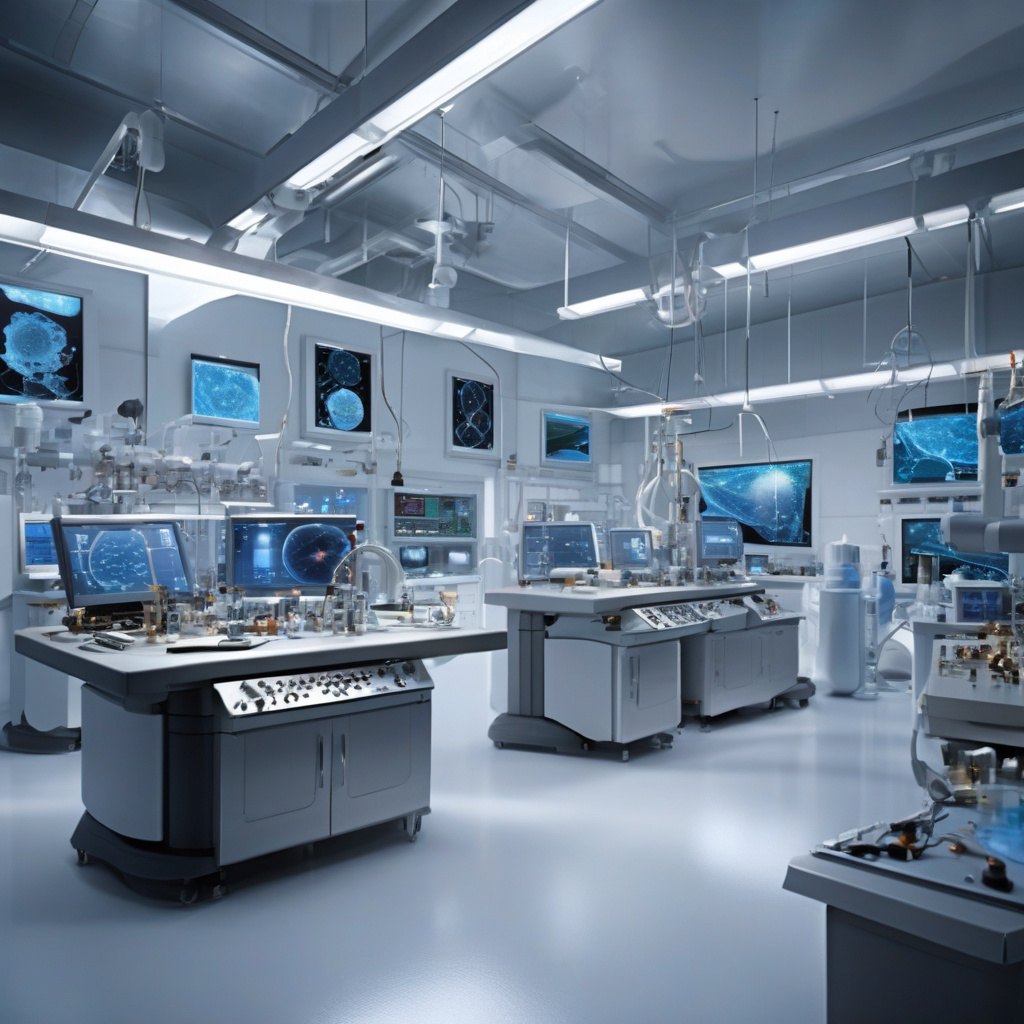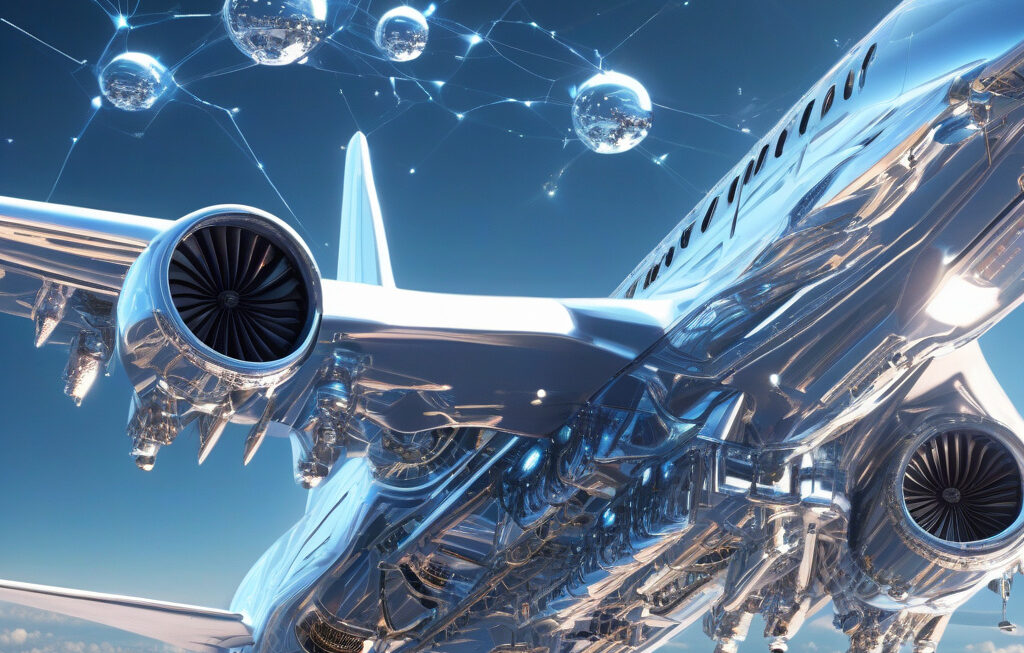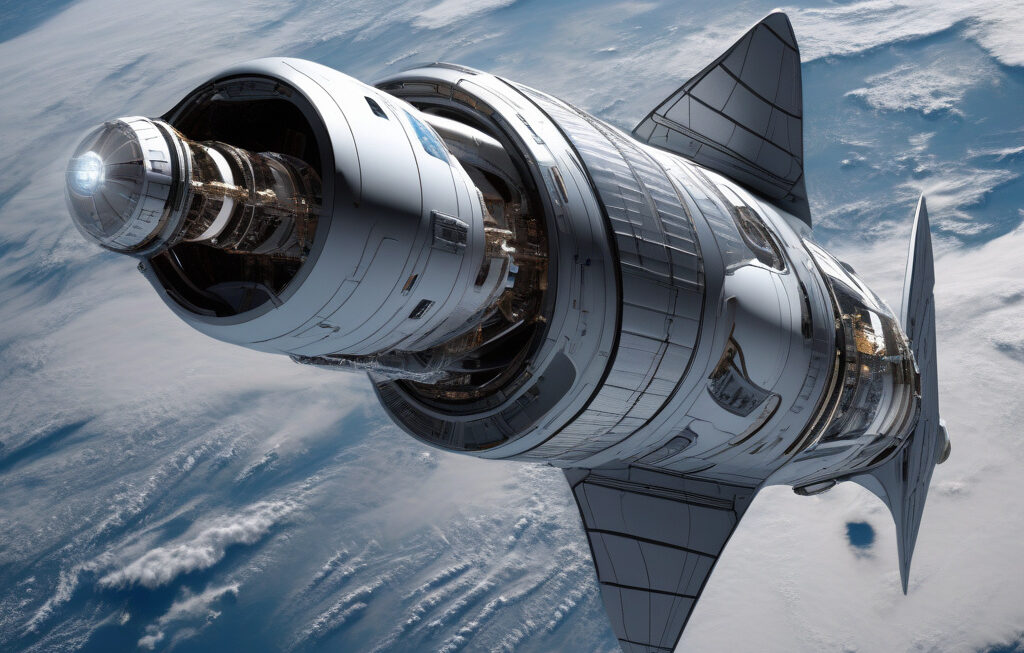New Hypersonic Computer Model Simulates Gas and Droplet Particles Flying at 3,836 mph
Two San Diego State University aerospace engineering researchers developed a new model in computational mathematics that is set to revolutionize the understanding of hypersonic flight. The cutting-edge computer model simulates the behavior of gas and droplet particles as they soar through the atmosphere at an astonishing speed of 3,836 miles per hour, presenting a breakthrough in the field of aerodynamics.
Dr. Sarah Reynolds and Dr. Michael Chen, the masterminds behind this innovative simulation, have combined their expertise in aerospace engineering and computational mathematics to create a tool that provides unprecedented insights into the complexities of hypersonic flight. With the ability to accurately predict the interactions between gas molecules and droplet particles at such high velocities, this model opens up a realm of possibilities for advancements in supersonic and hypersonic technologies.
One of the key features of this new computer model is its ability to account for the dynamic nature of gas and droplet interactions in hypersonic environments. By incorporating sophisticated algorithms and high-performance computing techniques, Dr. Reynolds and Dr. Chen have been able to simulate the intricate flow patterns and shockwave interactions that occur when particles travel at speeds beyond Mach 5.
The implications of this breakthrough are far-reaching, with potential applications in the design of hypersonic vehicles, propulsion systems, and even weather prediction models. By accurately predicting how gas and droplet particles behave at hypersonic speeds, engineers and scientists can optimize the performance and efficiency of future aerospace technologies.
Moreover, the development of this advanced computer model underscores the importance of interdisciplinary collaboration in pushing the boundaries of scientific research. By merging the fields of aerospace engineering and computational mathematics, Dr. Reynolds and Dr. Chen have demonstrated that innovation thrives at the intersection of different disciplines.
As we look to the future, the impact of this new hypersonic computer model cannot be overstated. From enhancing the safety and reliability of hypersonic vehicles to unlocking new possibilities for space exploration, the insights gained from this simulation have the potential to reshape the aerospace industry.
In conclusion, the groundbreaking work of Dr. Sarah Reynolds and Dr. Michael Chen in developing a hypersonic computer model that simulates gas and droplet particles flying at 3,836 mph marks a significant milestone in the field of aerodynamics. Their collaborative efforts have paved the way for a new era of understanding and innovation in hypersonic flight, with implications that extend far beyond the confines of the laboratory.
aerospace, hypersonic, computer model, San Diego State University, innovation






